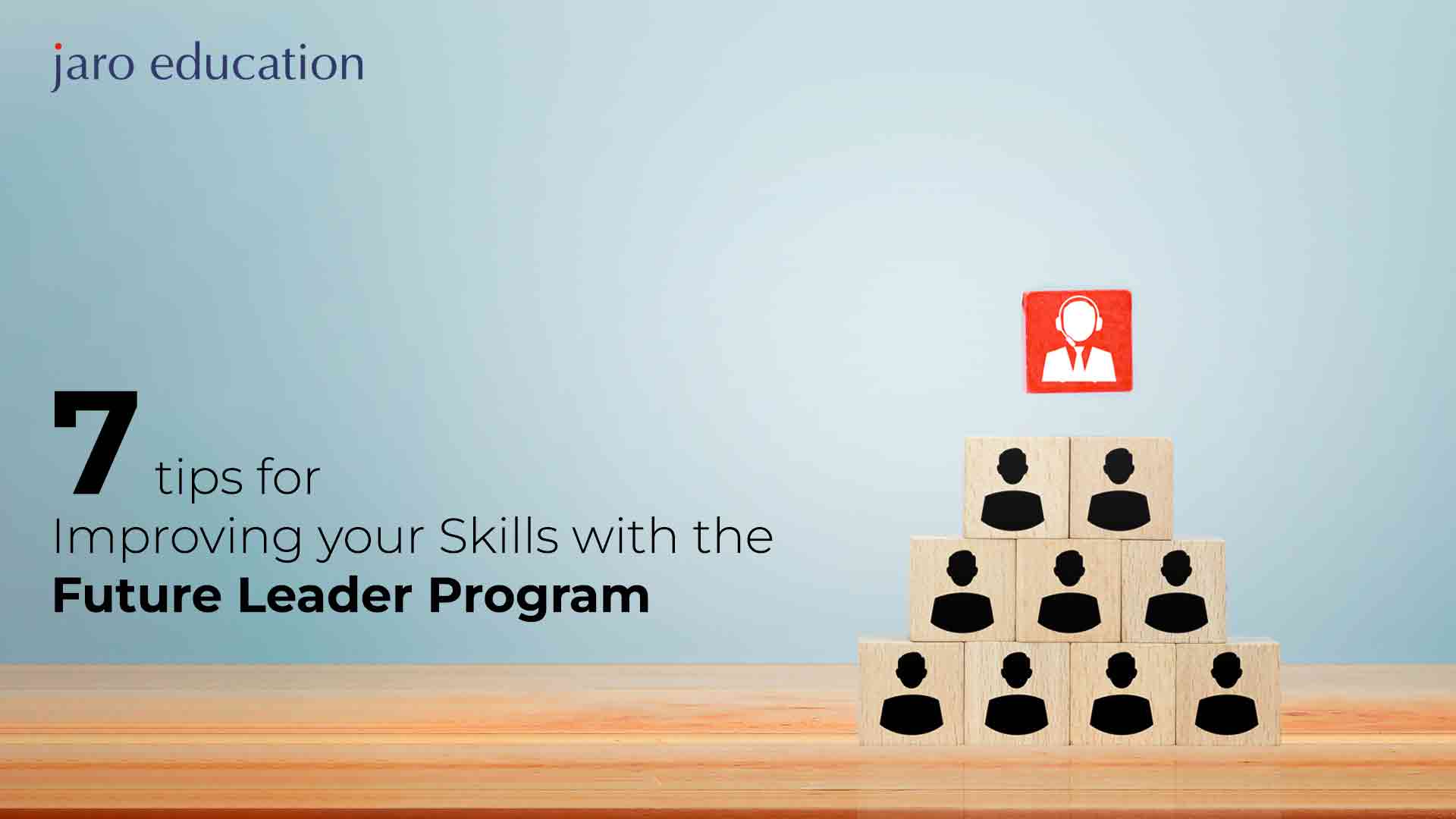5 Steps To Creating a Successful Leadership Development Plan
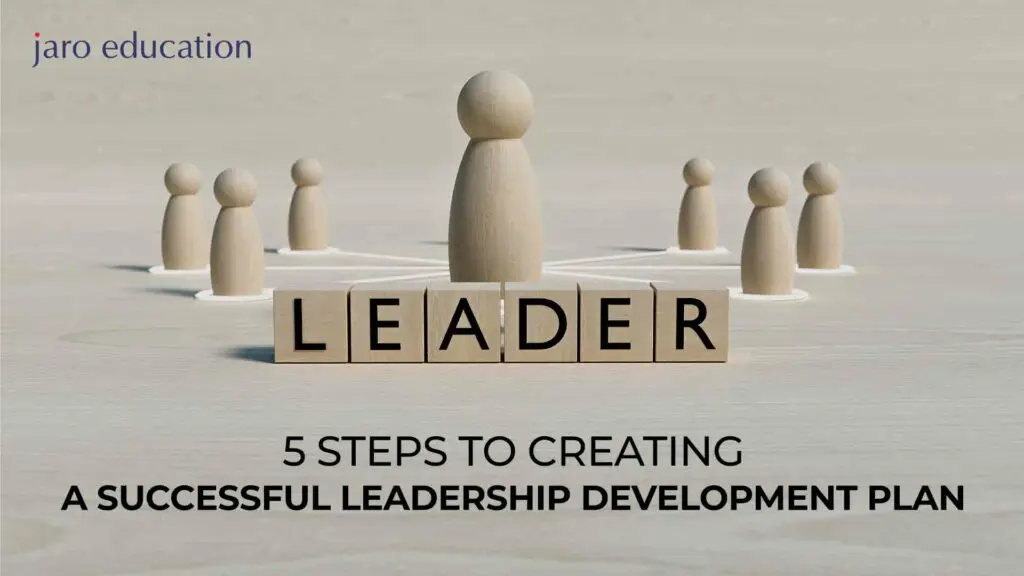
In today’s rapidly changing business landscape, organisations recognise the critical role of effective leadership in driving success and achieving strategic objectives. Human resources executives are increasingly prioritising the development of leaders and managers within their companies.
According to a survey conducted by global research and advisory firm Gartner, an impressive 60% of HR executives have identified the cultivation of leader and manager effectiveness as a key focus for 2023.
To keep up with the ever-growing demands of individuals with leadership qualities, Wharton Interactive has designed the Advanced Strategy & Leadership Program. Built upon the renowned expertise and cutting-edge research of the Wharton, this leadership program equips participants with the skills and insights needed to thrive in today’s complex business environment.
What Does a Leadership Development Plan Stand for?
A leadership development plan is a thoughtfully designed strategic roadmap that aims to cultivate and enhance employees’ leadership competencies, enabling them to thrive in management and leadership positions within an organisation.
This comprehensive plan is typically characterised by its structured, long-term nature, tailored to address the specific needs of both the employee and the organisation. By delineating clear learning objectives and mapping out relevant activities, the plan guides employees on their journey towards achieving their leadership goals.
5 Essential Steps to Designing Your Development Plan
By following these five essential steps, you can craft a plan that will propel you towards your leadership goals.
1 Self Assessment
To map your leadership development, begin with understanding yourself and your professional standing. Assess your strengths, weaknesses, and workplace tendencies to identify areas for improvement and anticipate potential challenges.
Reflect on your motivational drivers and limitations through self-assessment and seek feedback from colleagues and peers via a 360-degree assessment. This holistic approach fosters self-awareness and emotional intelligence, empowering you to embark on a transformative leadership development journey.
Table of Contents
2 Goal Setting
Goal setting is a vital aspect of leadership development. It provides clarity and direction, guiding individuals towards their desired outcomes.
According to Bernstein, author and leadership expert, the PACE model is a valuable tool for goal setting. PACE stands for Pick a leadership goal, Apprise others, Collect ideas, and Elicit feedback.
By following this model, learners can select and prioritise goals, involve their inner circle, gather ideas, and seek feedback for continuous improvement. Setting measurable goals and monitoring progress ensures individuals stay on track throughout their leadership development journey.
3 Engage in Dynamic Leadership Training
Dynamic leadership training is a transformative experience that equips individuals with essential skills and a growth mindset. Through interactive workshops and immersive learning, participants develop critical competencies like communication, decision-making, and strategic thinking.
This experiential approach fosters confidence and agility in navigating complex challenges, inspiring teams, and driving organisational success.
Engaging in dynamic leadership training propels personal growth and professional advancement in today’s spontaneously-changing business landscape.
4 Identify Key Leadership Competencies
Identifying key leadership competencies is crucial for a successful leadership development plan, serving as the foundation for developing future leaders who can navigate challenges and unforeseen crises. Collaboration and shared accountability between HR and leaders are vital to meet future skill needs.
Leadership competencies are grouped into three categories by SHRM: leading the organisation, leading others, and leading one’s self. To design an effective plan, the organisation must assess employees against these competencies, identifying any gaps. These gaps then inform the selection or design of suitable developmental opportunities to bridge them and foster growth in the employee’s leadership abilities.
5 Designing Your Development Plan
Consider incorporating the following learning solutions for a comprehensive employee development experience:
Self-paced micro-learning
Utilise platforms like LinkedIn Learning or Google Grow for flexible and targeted skill-building.
Complementary leadership mentoring
Pair potential leaders with mentors who are strong in the areas where they need improvement.
Job shadowing
Provide opportunities for employees to observe and understand job flows, meet stakeholders, and gain insights into job challenges.
Job rotation
Temporarily assign employees to different roles for a period of three to six months to broaden their experience.
Professional development courses
Offer off-site training sessions, typically lasting 2-3 days, focused on specific skills or competencies.
Professional certifications
Encourage employees to acquire and maintain relevant certifications to enhance their credibility in specific roles.
This list is not exhaustive, and it’s important to customise the learning strategies to align with employee goals and organisational needs.
The Importance of Creating a Leadership Development Plan
Creating a robust leadership development plan becomes imperative for organisations aspiring to unlock their leaders’ full potential and cultivate a resilient leadership pipeline that can navigate challenges and drive long-term success.
Despite only 7% of global CEOs expressing confidence in their companies’ ability to cultivate effective leaders, leadership development plans emerge as the guiding star in succession planning and a dependable resource during crises. These plans serve several crucial purposes:
Prioritising critical capabilities
The plan identifies essential skills and competencies based on their impact on business success.
Engaging employees
Personalised career goals incorporated into the plan foster employee engagement and commitment.
Strengthening leadership bench
By systematically developing current and future leaders, a development plan fortifies the organisation’s leadership capabilities.
Identifying future leaders' strengths and weaknesses
The plan reveals areas of improvement for potential leaders, enabling targeted development efforts.
Aligning business strategy with succession planning
By aligning leadership development with business strategy, the plan solidifies HR’s role as a strategic business partner and ensures a seamless transition of leadership.
Setting performance expectations
When clear expectations are established, they promote accountability and drive high-performance outcomes. Planning helps in solidifying performance while sufficing expectations.
What are the Challenges in Creating a Successful Leadership Development Plan?
Creating a successful leadership development plan can present several challenges that organisations and leaders need to overcome. Some key challenges include:
Lack of commitment
Without a strong commitment from leadership, managers, and the organisation as a whole, the implementation of the plan may face resistance or lack of support. A culture that doesn’t prioritise learning and development can pose significant challenges.
Evolving skill needs
The rapid pace of change in the business landscape demands leaders to continuously adapt and develop new skills. Creating skill development solutions that keep pace with evolving needs can be a challenge, requiring a proactive and agile approach.
Succession management gaps
Ineffective succession management programs can result in a lack of suitable leaders to fill critical roles. Identifying and nurturing potential leaders, along with implementing robust succession planning initiatives, are essential for long-term organisational success.
Addressing these challenges requires proactive planning, strong leadership commitment, sufficient resources, and a culture that fosters continuous learning and development. Overcoming these obstacles will contribute to the successful creation and execution of a leadership development plan.
Takeaway
Creating a successful leadership development plan is a proactive and strategic endeavor that can propel your professional growth and impact as a leader.
By following the five essential steps outlined, you can gain a deeper understanding of yourself, set meaningful goals, identify developmental opportunities, create a concrete action plan, and continuously adapt and refine your plan as needed.
Remember that investing in your leadership development early on yields long-term benefits. Consider exploring the Wharton Interactive Advanced Strategy & Leadership Program through Jaro Education to further enhance your leadership journey. Embrace the opportunity to unlock your full potential and make a lasting impact in your professional endeavors.


Popular courses
Admission Open
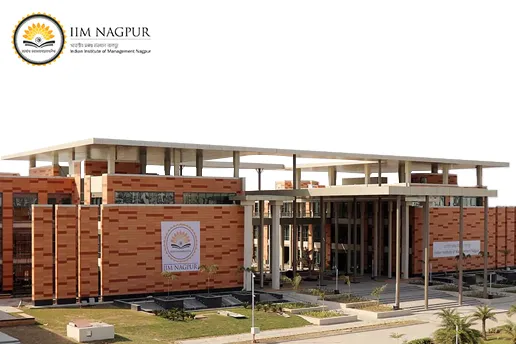
Post Graduate Certificate Programme in General Management – IIM Nagpur
- Duration: 12 Months
- Application Closure Date: 30th October, 2024
Admission Open
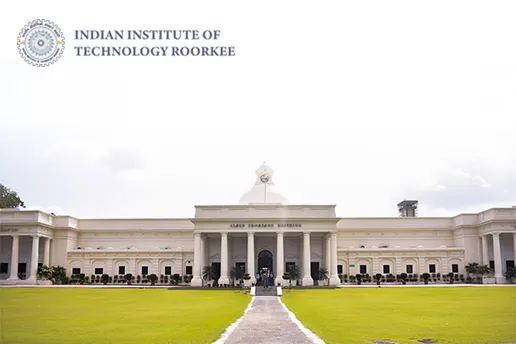
Post Graduate Certificate Programme in Applied Data Science & AI – IIT Roorkee
- Duration: 6-8 Months
- Application Closure Date: 10th September 2024
Admission Open
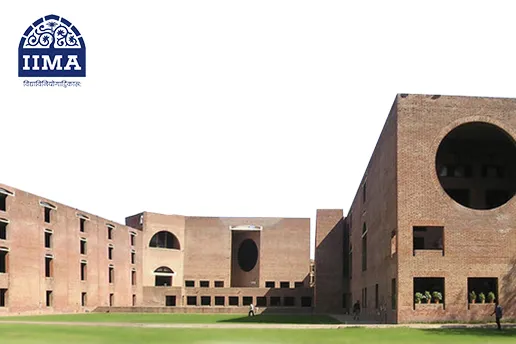
Financial Reporting and Corporate Governance IIM Ahmedabad
- Duration: 4 Months
- Application Closure Date: 5th August 2024

